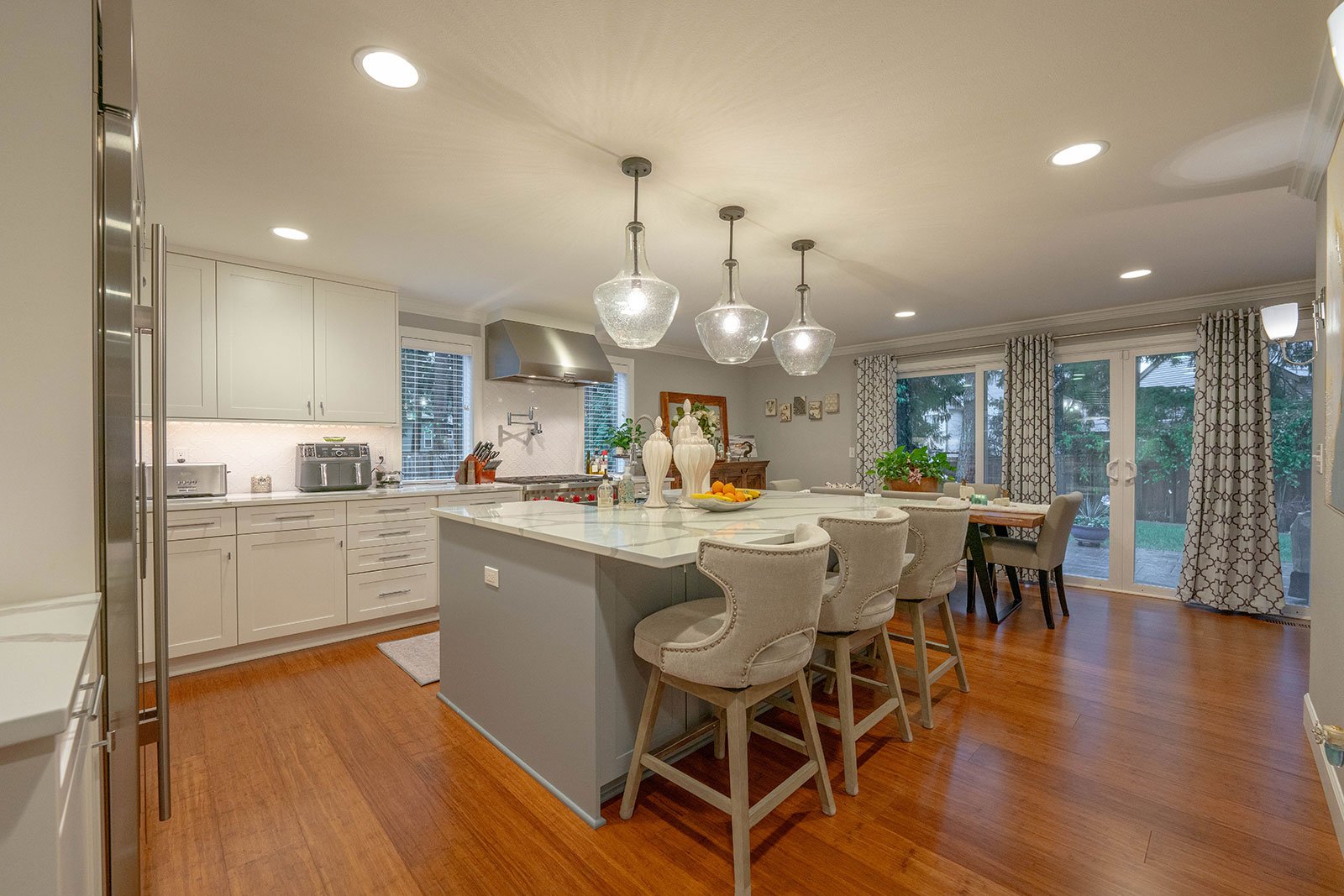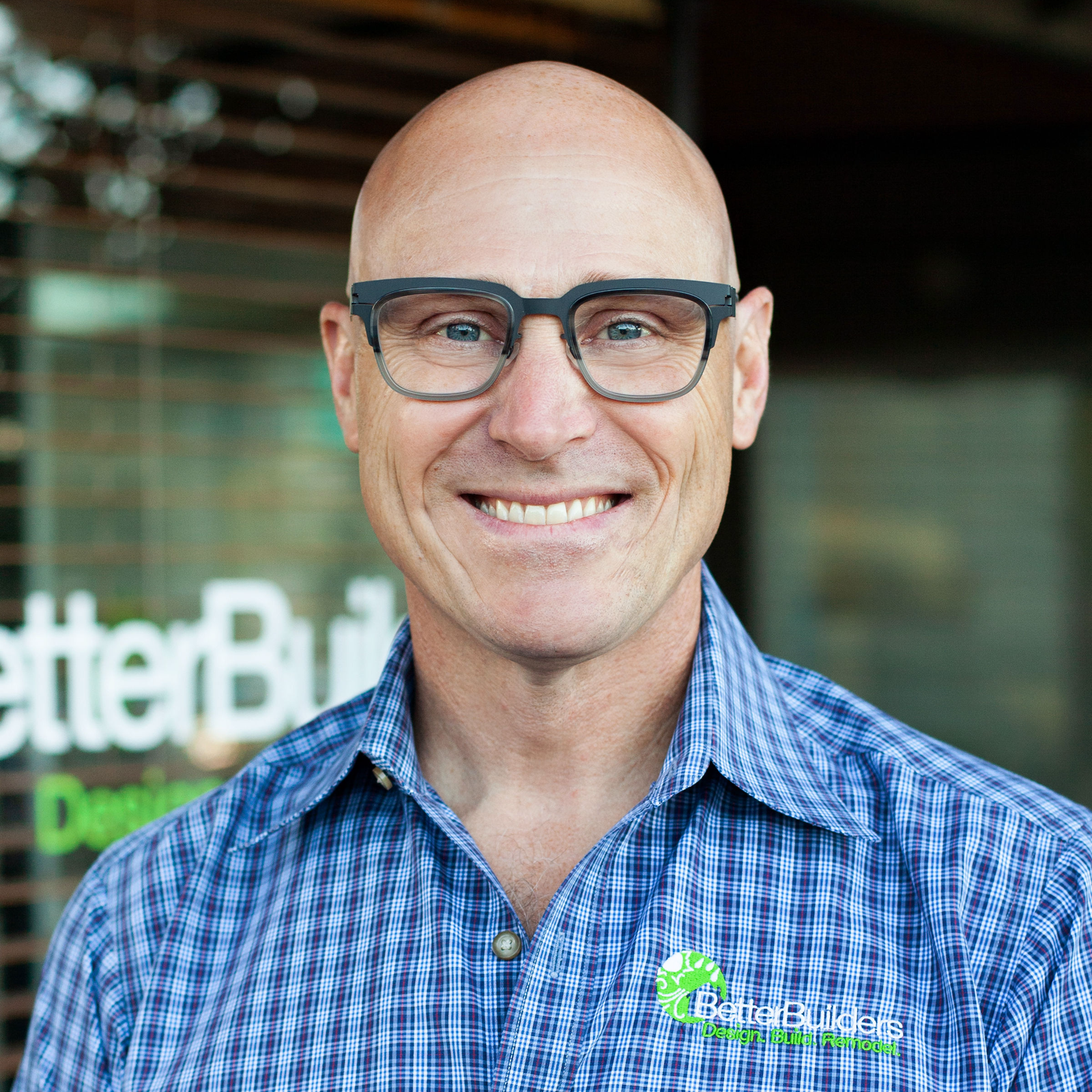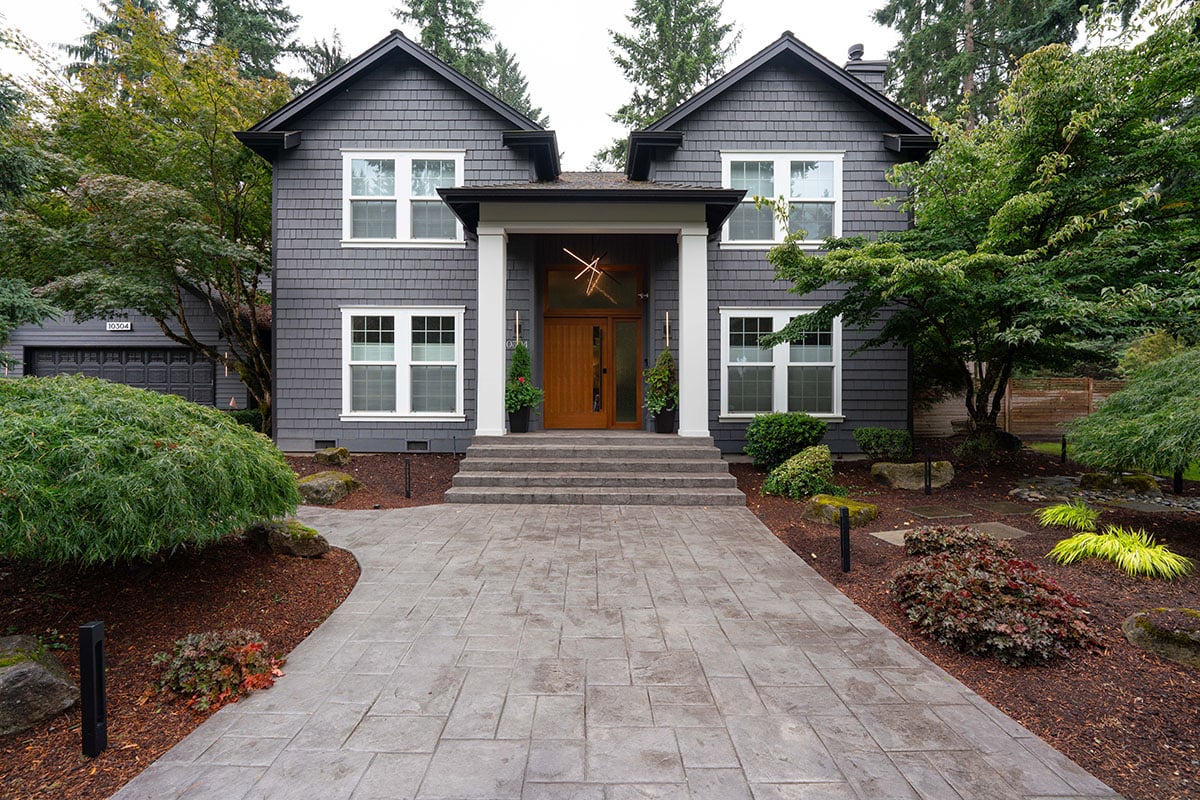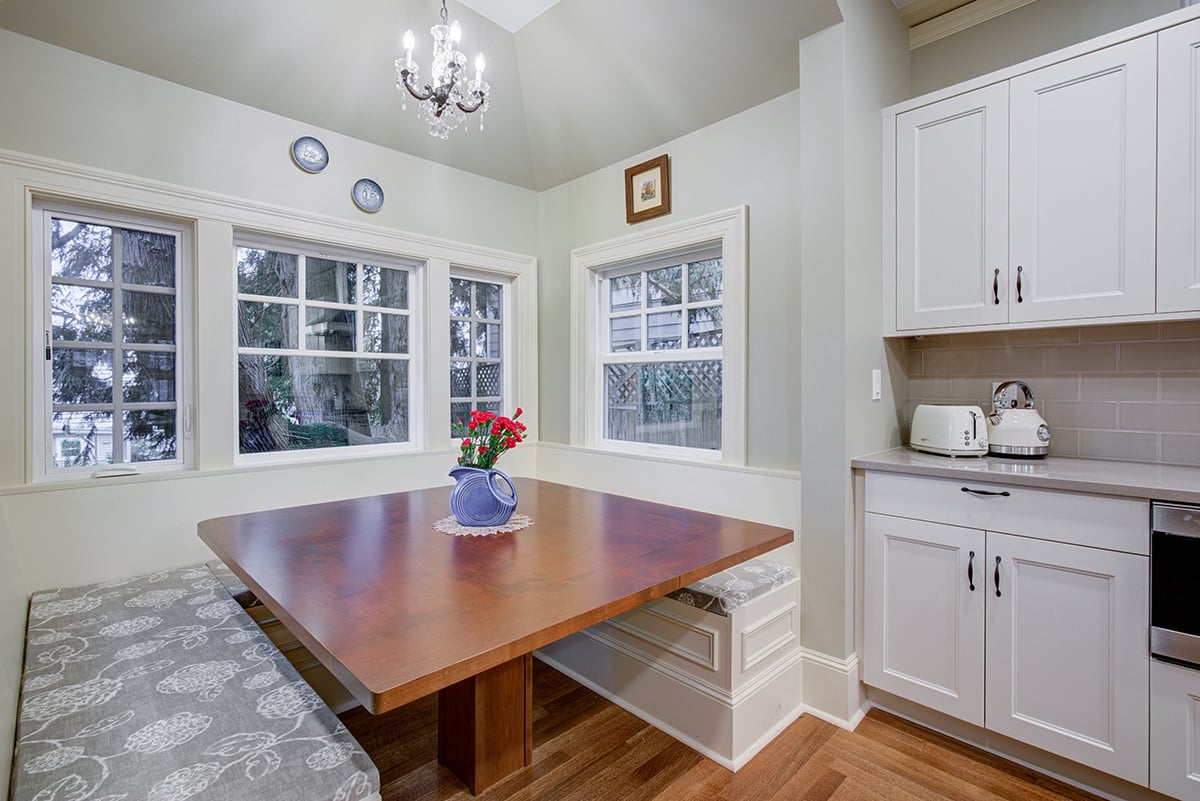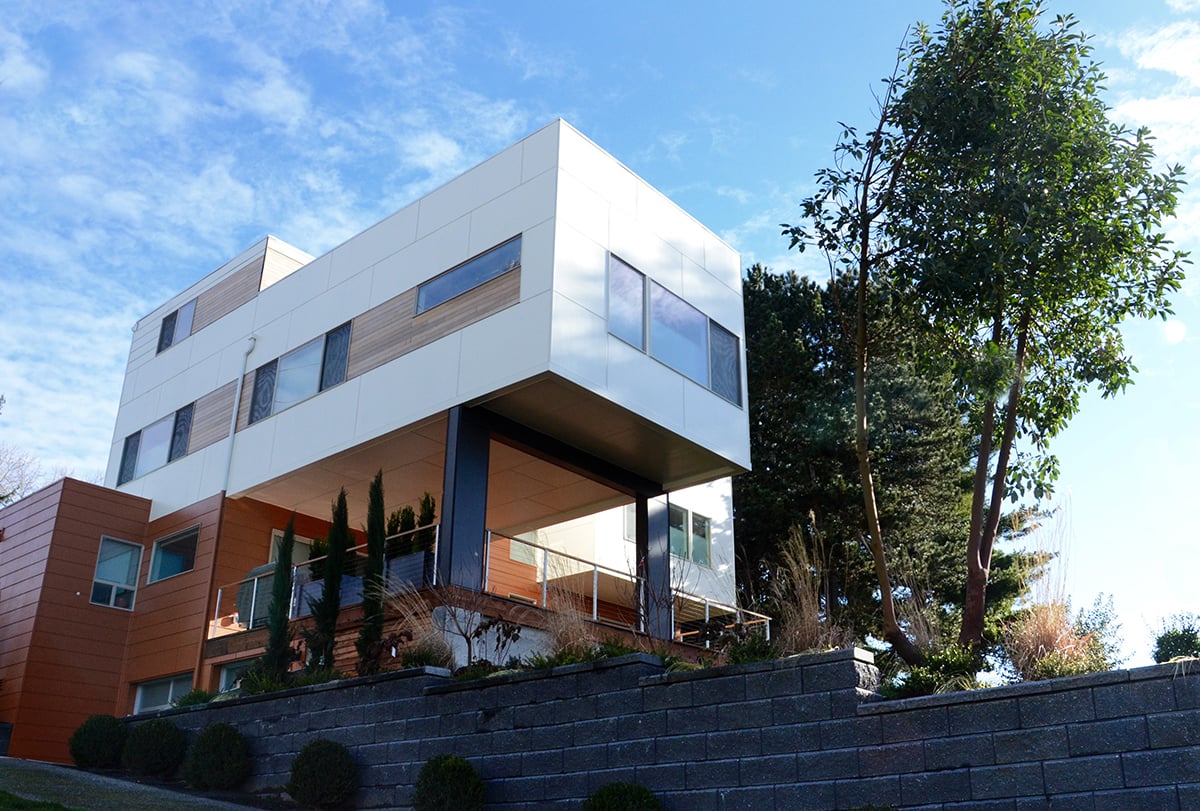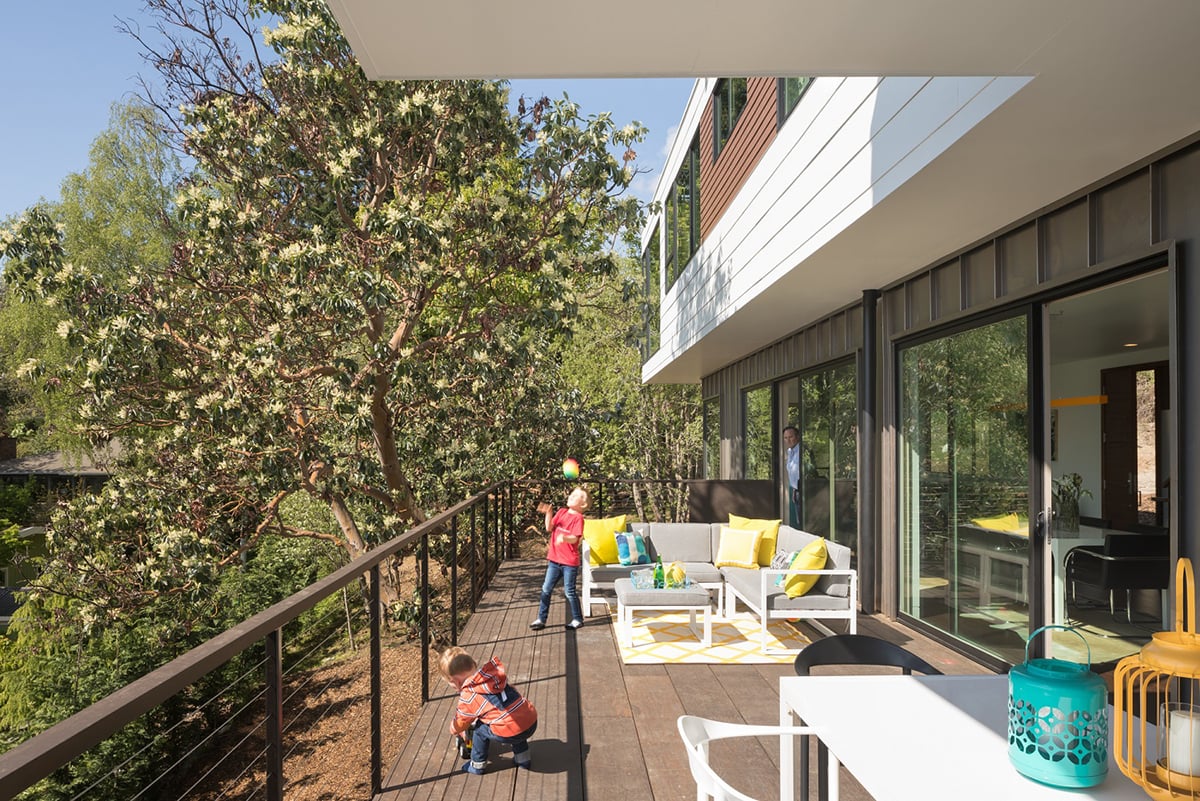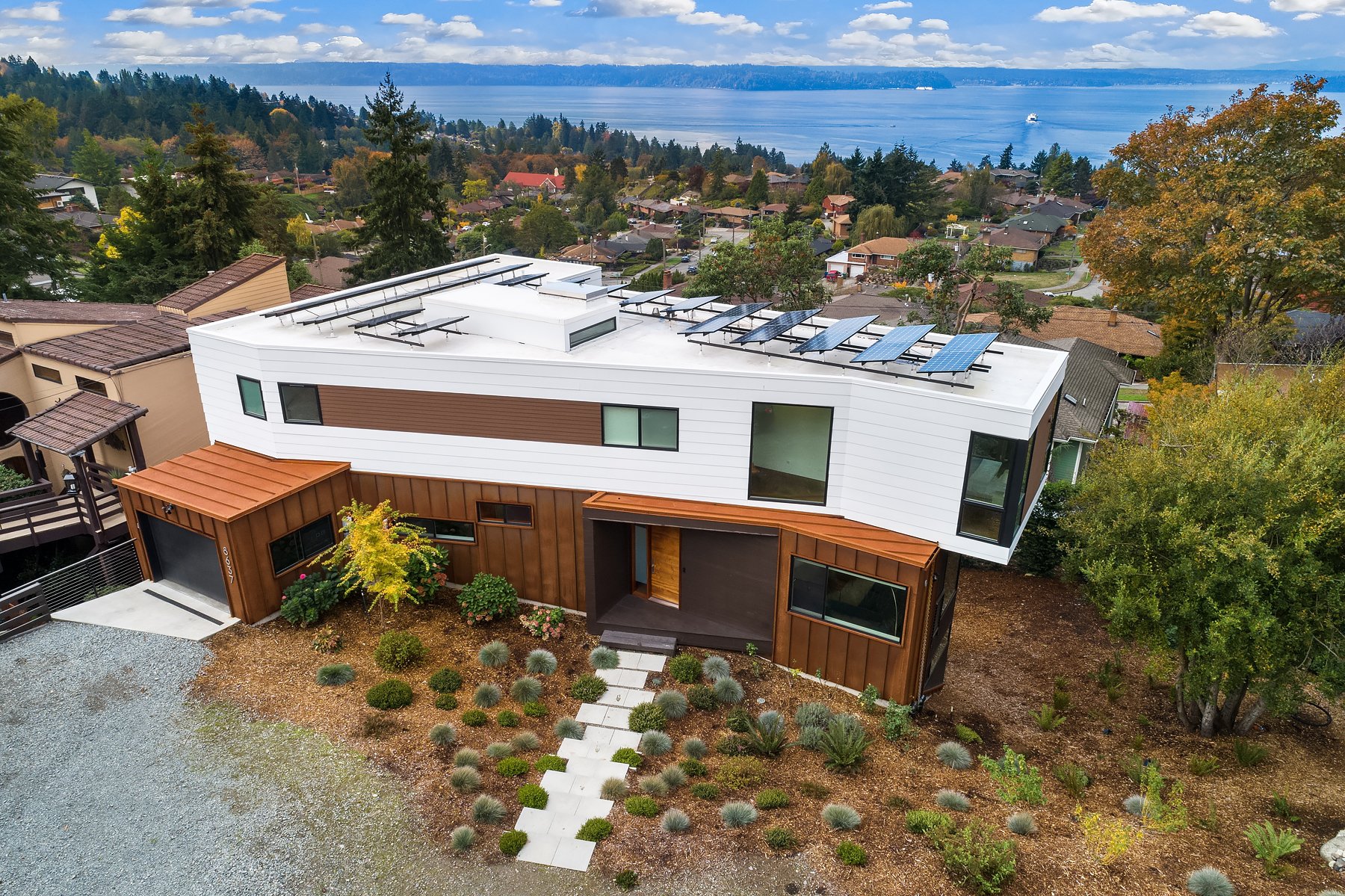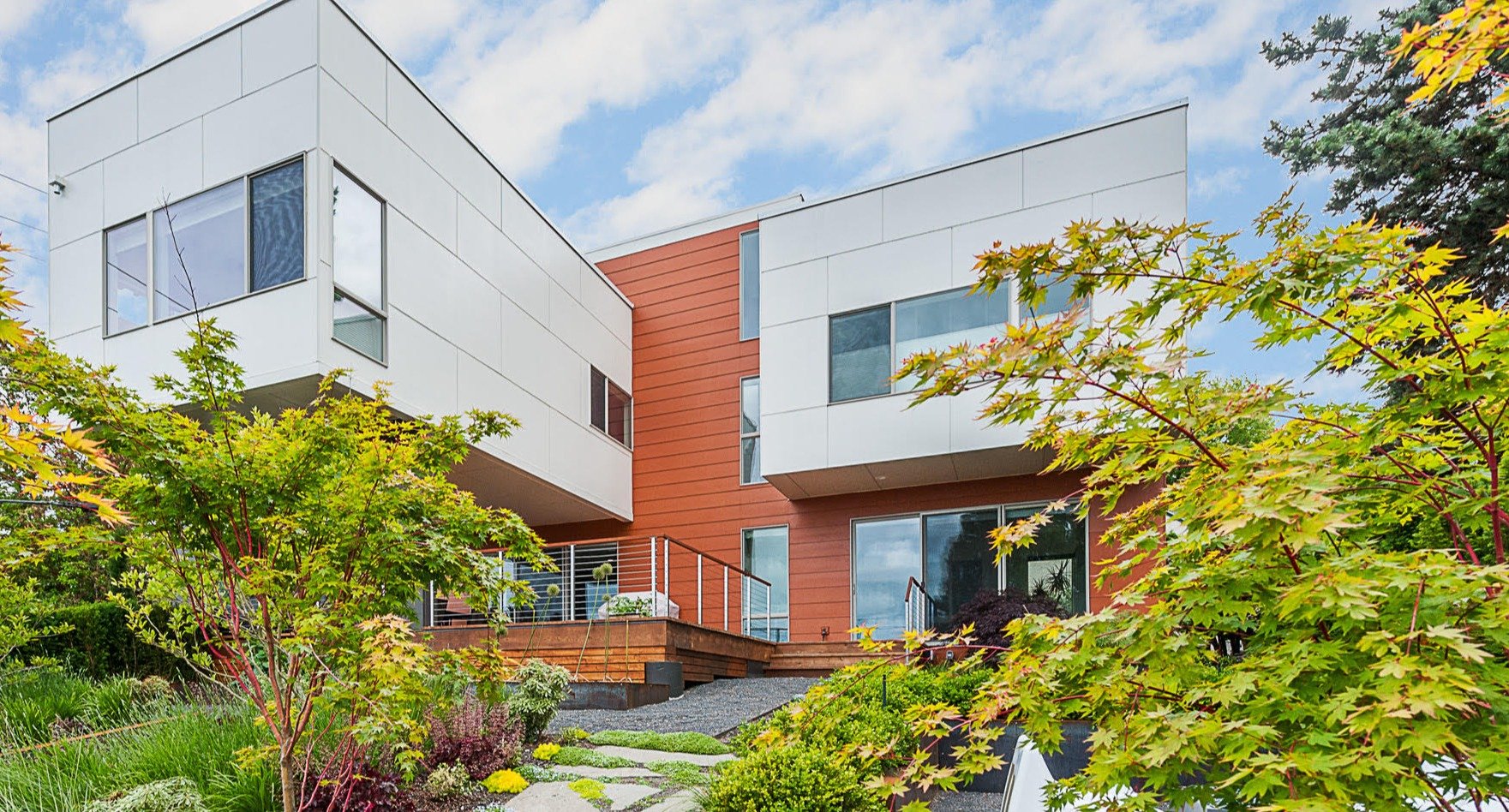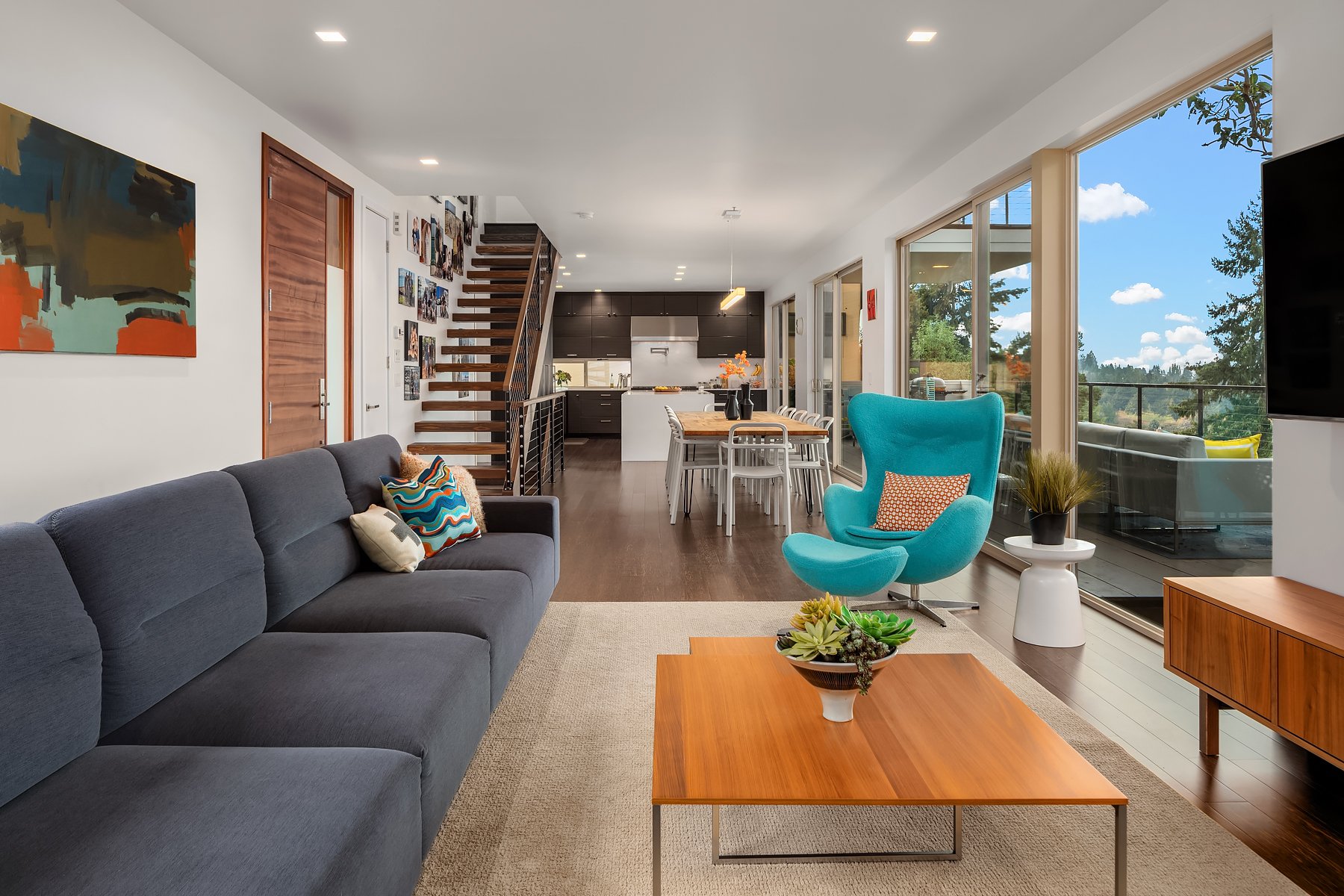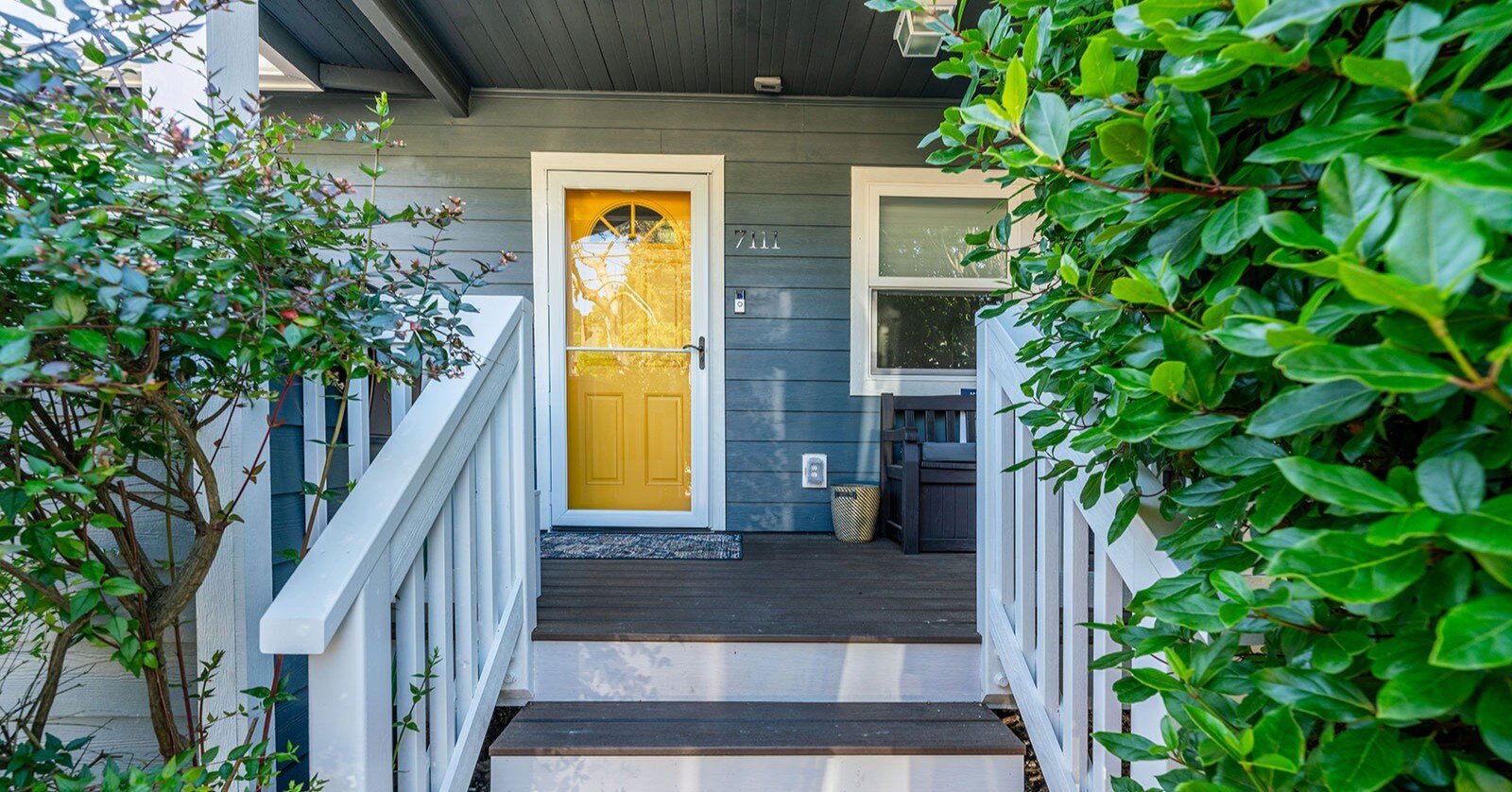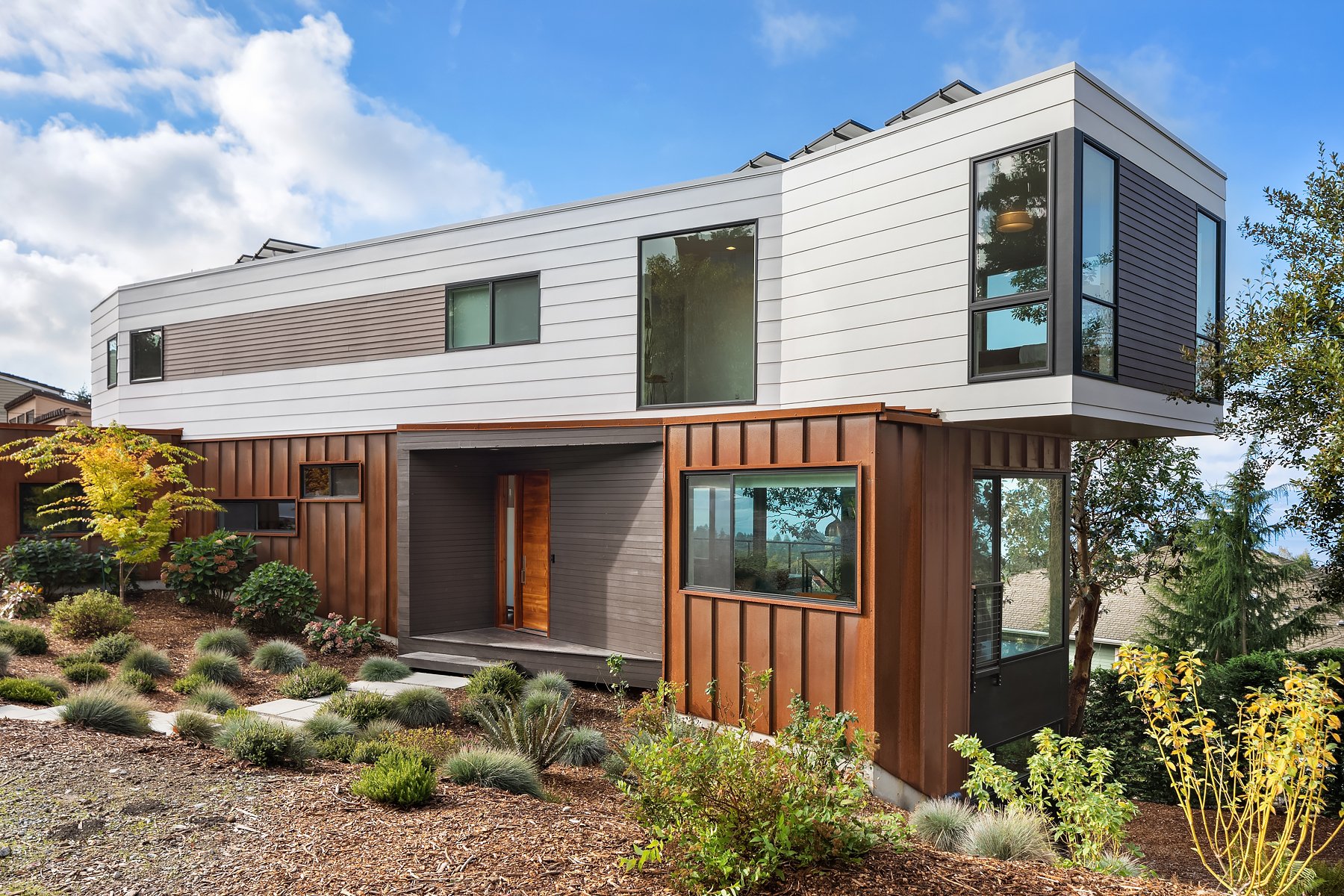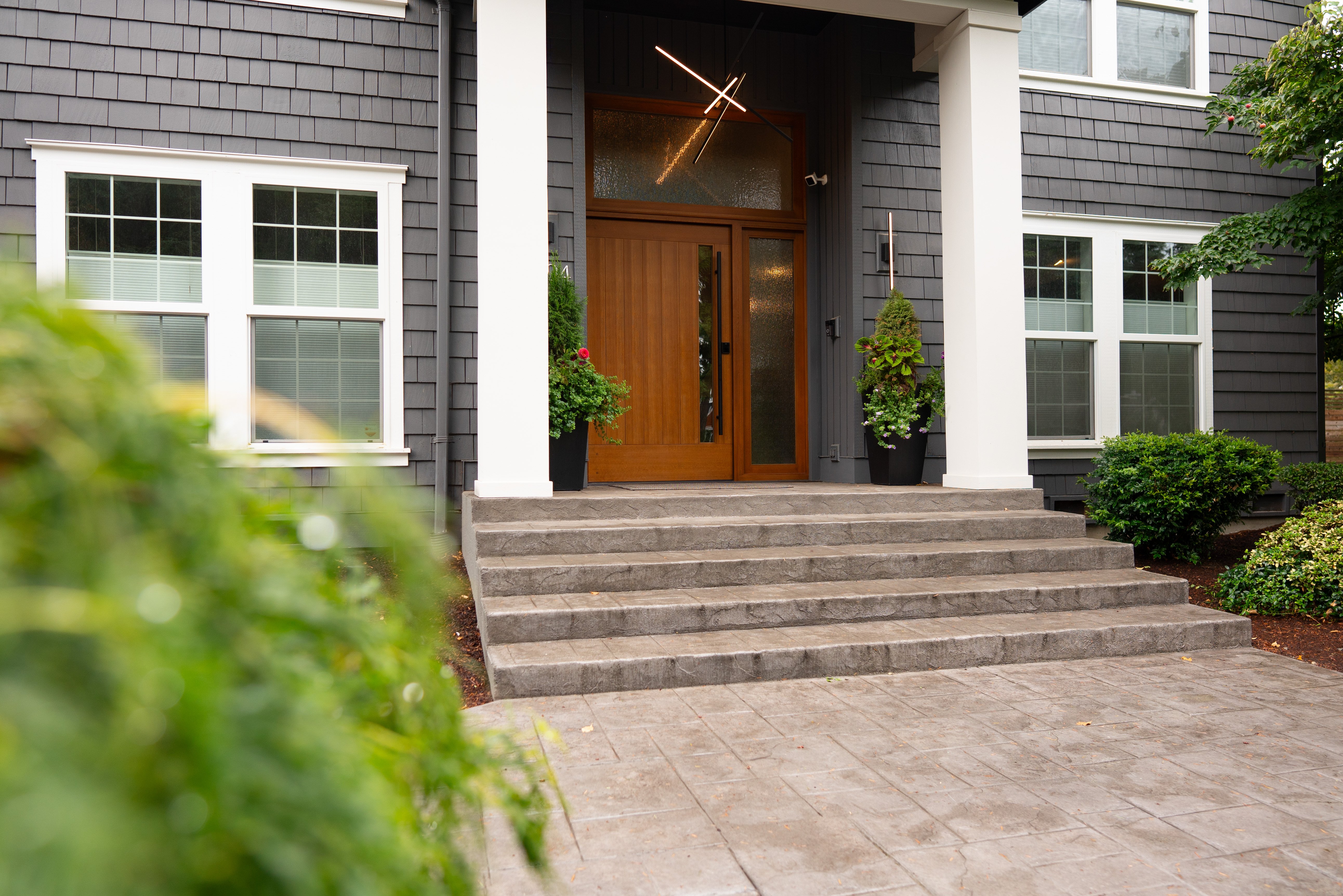Congratulations! You've partnered with a quality home builder and embarked on the exciting journey of building your dream home. You've diligently budgeted for the construction costs and planned everything out with your general contractor, but have you considered the long-term operating and maintenance expenses for a new home?
In this article, we will delve into the crucial aspects of operational and maintenance costs that homeowners should factor into their new home construction budget from the outset.
Maintenance Costs Depending on Material Selection
Though all houses require upkeep, it’s important to consider the time and money you may need to invest in maintaining your new house. While longer-lasting material costs often come with a higher initial price tag, they can save you money in the long run by requiring less frequent replacement.
Building a custom home offers the unique advantage of complete control over the materials used. Let's explore key factors to consider when making these choices, as they can significantly impact the long-term maintenance costs of your new build.
Exterior Finishes & Selections:

Windows & Doors: Selecting the right building materials for your windows and doors can significantly impact maintenance costs. Wood windows and doors, while aesthetically pleasing, require periodic repainting and meticulous upkeep due to their susceptibility to environmental conditions. In contrast, vinyl, fiberglass, or metal frames offer lower maintenance requirements and greater durability over time.
Roofing: The choice between pitched and flat roofing for your custom home also influences the average maintenance costs. Pitched roofs generally require less maintenance, as debris is less likely to accumulate than flat roofs. Additionally, the material selection, such as metal roofing, can further reduce maintenance needs.
Siding: Opting for low-maintenance siding materials like cement board over natural wood can save both time and money in the long run. For siding, you may want to consider budgeting for a professional to come out and pressure wash your siding for you.
Interior Finishes & Selections:

Kitchen Countertop Material: Consider the maintenance needs of different countertop materials; for instance, quartz countertops require less upkeep compared to porous marble.
Backsplash & Tub/Shower Surround: Choose materials like solid-surface backsplashes and fiberglass surrounds to minimize maintenance and prolong durability. Any surfaces with tile will require regular grout cleaning and long-term maintenance.
Flooring & Wall Coverings: Consider selecting flooring options like vinyl or tile, which offer superior durability and easier maintenance compared to wood. If you have a dog or wear shoes in the home, the surface coating on your wood floors will deteriorate more quickly and must be resurfaced every few years. Wood flooring in a bathroom or kitchen will also be more prone to water damage.
Similarly, smooth wall textures and semi-gloss paint simplify cleaning and upkeep. Semi-gloss paint is easier to clean, but the more glossy it is, the easier it is to see imperfections in the drywall.
Lighting & Fireplace: Opt for easy-to-maintain lighting fixtures and fireplace options, such as LED bulbs and gas fireplaces. The type of fixture and bulb will determine the maintenance requirements of lighting fixtures. A detailed chandelier will require more maintenance to keep clean than a simple globe surface-mount fixture. Wood-burning fireplaces will require the highest maintenance. The soot caused by burning wood collects on the chimney walls and requires regular cleaning.
Mechanical Systems
HVAC: The three main HVAC options are forced air, heat pump, and radiant-hydronic and electrical systems. Radiant-hydronic systems will be the lowest maintenance. However, most homeowners in the PNW are moving towards heat pumps because they’re more energy-efficient and they do both heating and cooling. Forced air will require the most maintenance because they need filters replaced regularly, the ductwork needs to be cleaned regularly, and the inside of the furnace needs to be cleaned regularly to prevent failure.
Hot Water Heater: Options include electric, gas, heat pump, tank and tankless. Electric and gas hot water heaters will likely have the least amount of maintenance. Tankless water heaters include more parts that can go bad over time. Manufacturers require homebuyers to flush the system yearly to keep the manufacturer’s warranty. Most people don’t do this, so if parts do go bad, they can’t take advantage of the warranty. Choosing more energy-efficient appliances will reduce the overall operating costs. The heat pump water heater will be the most cost-effective option in the long run.
Appliances

Purchasing appliances relies on a balance of choosing the most reliable and aesthetically pleasing option. Buy the best that you can afford. The selection you choose will impact your overall operating costs. The average price of more energy-efficient appliances may feel like an expensive upgrade. It will likely cost you more upfront but should cost less in the long run by requiring less maintenance, saving you money on your energy bill, and lasting longer. But, Buyers, beware, there are many expensive appliances on the market that have many problems. Be sure to read reviews and consumer reports to educate yourself on the most reliable appliances.
Dive into how to successfully budget for your custom home build by reading this blog article, “Budgeting for a Custom Home? Here's Everything You Need to Know.”
Landscaping
A portion of your custom home build will require landscaping. Consider lower-maintenance options such as:
-
Replace a portion of your lawn with hardscaping, like pavers, brick, retaining walls, outdoor living spaces, and gravel or stone walkways.
-
Opt for easy-to-care-for perennials, native Seattle plants, shrubs, and ground covers.
-
Plant fewer trees for less maintenance or low-maintenance trees that won’t drop debris and are prone to dying easily.
-
Automate watering by installing irrigation systems or design a rain garden that makes the rain work for you. Redirect storm runoff so that it waters the rest of the yard.
Make Selections With Your Future In Mind
Remember, the more square footage and more complex your home’s design is, the more time and money you will have to invest in routine maintenance. As you plan your dream home, remember that proactive consideration of maintenance costs can help you make informed decisions and avoid future financial surprises. Whether it's choosing low-maintenance materials or investing in energy-efficient appliances, prioritizing long-term sustainability can enhance your home's value and livability. By factoring in these operational and maintenance costs upfront, you'll ensure that your home-building process goes smoothly and your dream home remains a source of joy and comfort for years to come.
To learn more about average home building costs, check out this article about budgeting for your construction project. If you’re considering pursuing a new custom home, download our eBook, “How to Find the Perfect Custom Home Builder: A Guide to Creating Your Dream Home”

